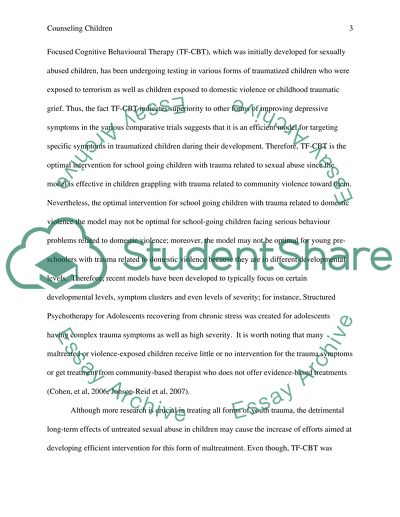Cite this document
(“Counseling Children Research Paper Example | Topics and Well Written Essays - 2750 words”, n.d.)
Retrieved from https://studentshare.org/psychology/1481839-counseling-children
Retrieved from https://studentshare.org/psychology/1481839-counseling-children
(Counseling Children Research Paper Example | Topics and Well Written Essays - 2750 Words)
https://studentshare.org/psychology/1481839-counseling-children.
https://studentshare.org/psychology/1481839-counseling-children.
“Counseling Children Research Paper Example | Topics and Well Written Essays - 2750 Words”, n.d. https://studentshare.org/psychology/1481839-counseling-children.


